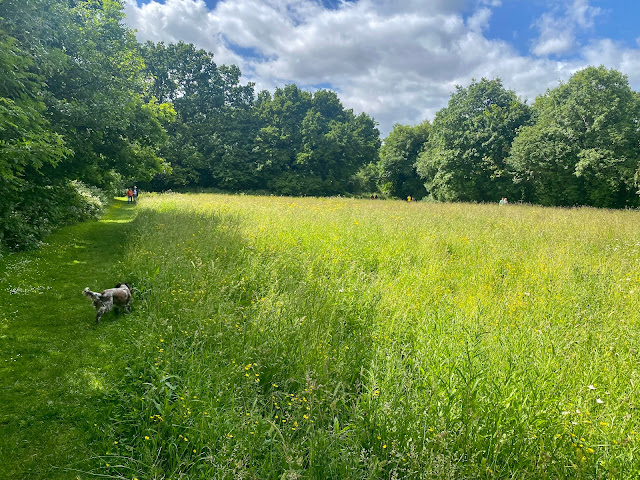Memorials

Boer War Memorial Sculpture Cannon Hill Park The 'memorial statue' has become the subject of contention over the past few years, as the rewriting of history, providing us with alternative details of a particular event, gathers pace. Edward Colston in Bristol Robert Milligan at West India Dock Quay Cecil Rhodes at Oriel College, Oxford To name a few- Most, if not all statues of this kind represent either an occasion or an individual for actions deemed celebratory in their day, yet as successive generations awaken to further revelations, the discussions can take a turn in another direction, and we begin to question other aspects and related facts. A broader section of our previously unvoiced society is able to voice opinions according to a different perspective. https://www.historyandpolicy.org/opinion-articles/articles/the-fall-of-slavery-statues-symbols-and-social-contention The article - ' The fall of slavery: statues, symbols and social contention' - ...








